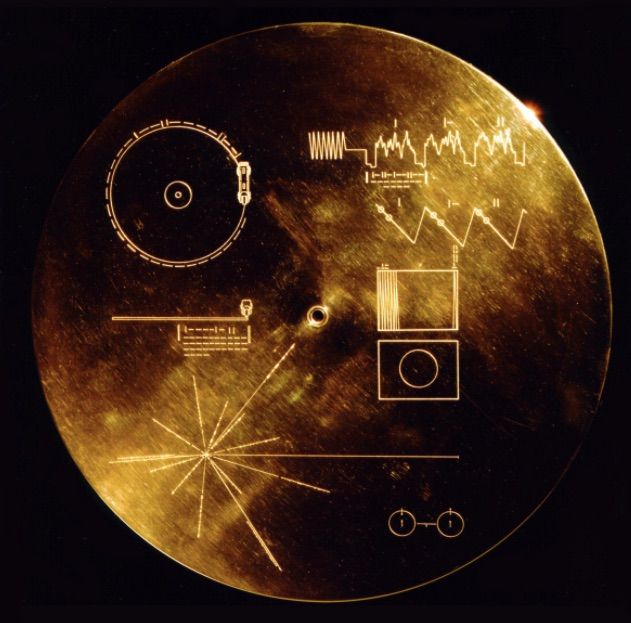NASA’s new satellite will hunt for alien worlds.
Category: alien life – Page 144

NASA’s TESS Satellite Will Supercharge Search for Nearby, Earth-Like Worlds
On Monday, April 16, the Transiting Exoplanet Survey Satellite (TESS) will launch from Cape Canaveral Air Force Station in Florida. NASA’s new exoplanet hunter will train its sights on nearer, brighter stars than its predecessors did. If TESS lives up to scientists’ predictions, it could energize our search for life in the cosmos.
When the Kepler space telescope launched in 2009, scientists didn’t know what fraction of stars hosted planets. The Kepler mission was a statistical exploration looking to see how frequently planets occur around stars, Harvard astronomer David Latham told Space.com. “One of the big surprises from Kepler was to find this whole population of planets with sizes between that of Neptune and Earth — and there aren’t any in our solar system, zero — and they’re everywhere out there,” said Latham, who’s worked on the Kepler project for nearly 20 years.
“Kepler is what made us become aware that planets are as common as telephone poles,” SETI Institute astronomer Seth Shostak told Space.com.” But the stars that Kepler was staring at for four years … they were all somewhere between 500 and 1,500 light-years away.” TESS will survey the local neighborhood for planets like Earth. [NASA’s TESS Exoplanet-Hunter in Pictures].


Could space tourism become affordable within a decade?
How close are we really to space travel? Our featured contributor Lola Akinmade Åkerström talks to Space Nation, a company that’s researching both space tourism and how space technology can help us on Earth.
Thanks to Google, it can often feel like there are no mysterious places left on earth to explore—and finding new places to call the ‘final’ frontier seems increasingly difficult. Even the Pacific Ocean’s Marianna Trench, at over 36,000 feet deep and arguably the most legit final frontier on earth, has been explored by Hollywood director James Cameron in a submersible. As a result, the past few decades have seen us looking upwards to the most mysterious of places: Our own galaxy.
Blockbuster movies set in space and fictional alien encounters continue to intrigue us. Space discovery programs on TV science channels continually pique our curiosity. Even kids’ cartoons such as the 1960s American series The Jetsons brought the concept of commercial space travel closer to us, thanks to its flying space cars, pod-like apartments, and a robot maid called Rosie.

Celebrate the Voyager Golden Record with David Pescovitz: London (April 17) and New York City (April 12)
This week and next, I’ll be visiting the Sonos stores in New York City (4÷12) and London (4÷17) for a free listening party celebrating the Voyager Golden Record, the iconic message for extraterrestrials launched into space 40 years ago. I’ll do a short multimedia presentation about this inspiring artifact and we’ll play the first ever vinyl release of the Voyager Golden Record that I co-produced with my friends Tim Daly and Lawrence Azerrad. Admission is free. No tickets remain for the New York City event but depending on the number of “no shows,” there may be availability at the door. And if you’re in London, please do RSVP right here! I hope to see you!

China’s Space Station Wasn’t the End. Three More Satellites Expected to Crash to Earth This Week
Tiangong 1, China’s fallen space station, is now in pieces somewhere on the floor of the Pacific Ocean, but it’s hardly the last spacecraft that will plunge to earth. In fact, by the end of the week, three more are expected to re-enter the atmosphere.
Two pieces of space junk from Kazakhstan and one from India are headed home, part of the surprisingly regular amount of cosmic debris that falls to earth each year. The first could occur as early as tomorrow evening, according to Satview.org.
PSLV R/B, an Indian spacecraft that was launched Nov. 4, 2013, is expected to reenter the atmosphere at approximately 6:30 p.m. ET Tuesday. That will be followed Wednesday at 7:30 p, m, ET by FLOCK 2E-3, a Kazakh spacecraft that has been orbiting earth since Nov. 19, 1998. Finally, Friday morning at approximately 10:24 a.m. ET, FLOCK 2E’-6, another Kazakh orbital will fall to earth.



Stephen Hawking’s TV show is now free to watch online
Stephen Hawking’s Favorite Places, a three-part TV series that made its debut in January, has been made available to watch online for free in honor of Hawking’s life, according to tech and science video streaming site CuriosityStream. The renowned astrophysicist passed away today in Cambridge, England. He was 76.
The final episode, which had still not been released, was also published today for free.
In the show, Hawking takes trips in a digital spaceship called the S.S. Hawking to the sun and planets in our solar system and beyond. In the first episode, Hawking ponders how AI can impact a civilization over time, not on Earth, but on an alien planet where its inhabitants appear to have left or gone extinct.

This Strange Species That Lives Off Nuclear Energy Is Like Alien Life on Earth
When you’re trying to figure out what alien life might look like, it makes sense to be looking in the most extreme environments Earth has available.
One such place where life has been found to thrive is three kilometres (1.86 miles) beneath the ground, the home of one of the strangest lifeforms we know: the bacterium Desulforudis audaxviator.
It lives in complete dark, in groundwater up to 60 degrees Celsius (140 Fahrenheit) — an environment devoid of sunlight, oxygen or organic compounds.